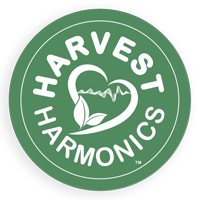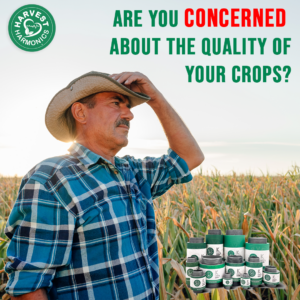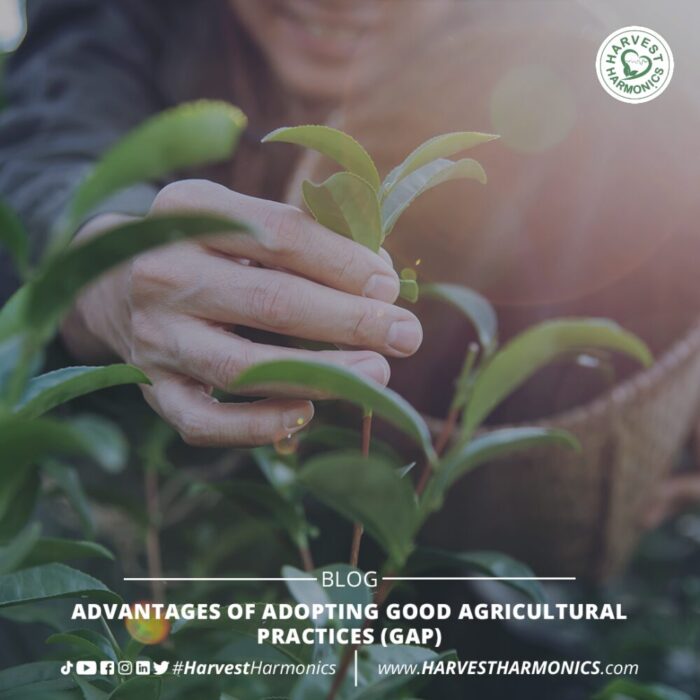
Advantages of Adopting Good Agricultural Practices (GAP)
In our last blog, we discussed that Good Agricultural Practice (GAP) standards are, “voluntary audits that verify that fruits and vegetables are produced, packed, handled, and stored to minimize risks of microbial food safety hazards” (U.S.D.A Agricultural Marketing Service, 2022). In this blog, we will continue to discuss the advantages of adopting Good Agricultural Practices (GAP). Some...
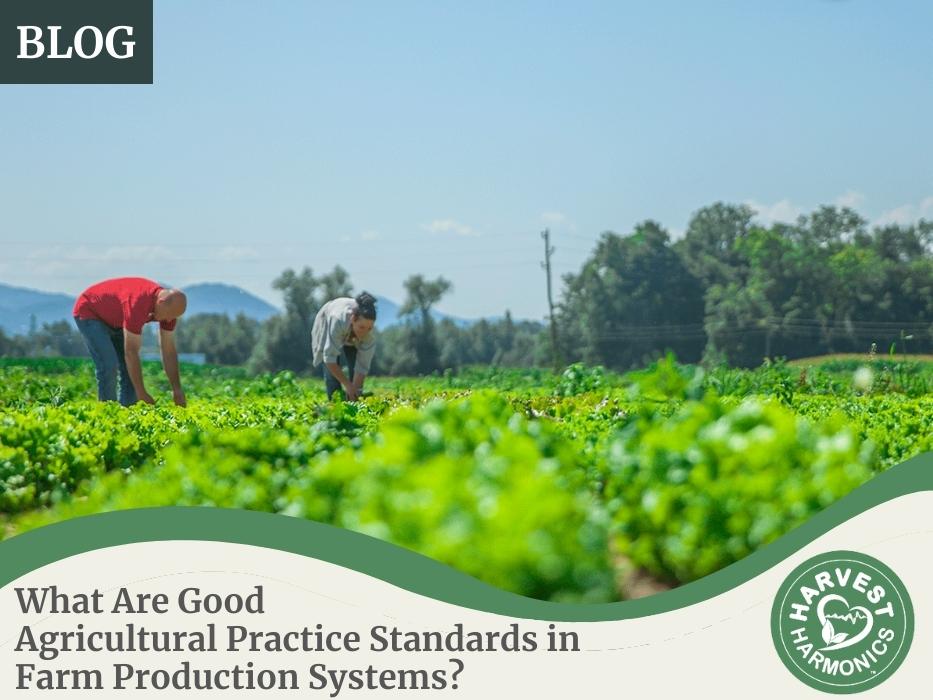
What Are Good Agricultural Practice Standards in Farm Production Systems?
Good Agricultural Practice (GAP) standards are, “voluntary audits that verify that fruits and vegetables are produced, packed, handled, and stored to minimize risks of microbial food safety hazards. GAP audits verify adherence to the recommendations made in the U.S. Food and Drug Administration’s Guide to Minimize Microbial Food Safety Hazards for Fresh Fruits and Vegetables and...
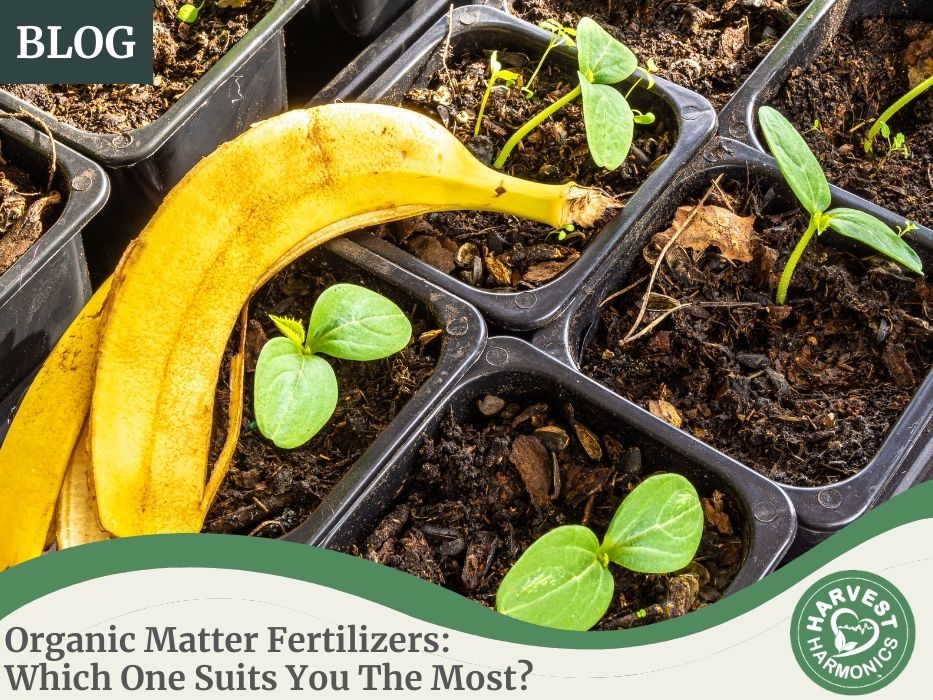
Organic Matter Fertilizers: Which One Suits You The Most?
Organic agriculture can be described as a form of agriculture that uses sustainable natural resources and strategies such as the application of biofertilizers, biological pest control, and crop rotation. Thus, organic farmers use natural pesticides and fertilizers, which differs from traditional agriculture using synthetic fertilizers, pesticides, and growth regulators to improve crop yields...
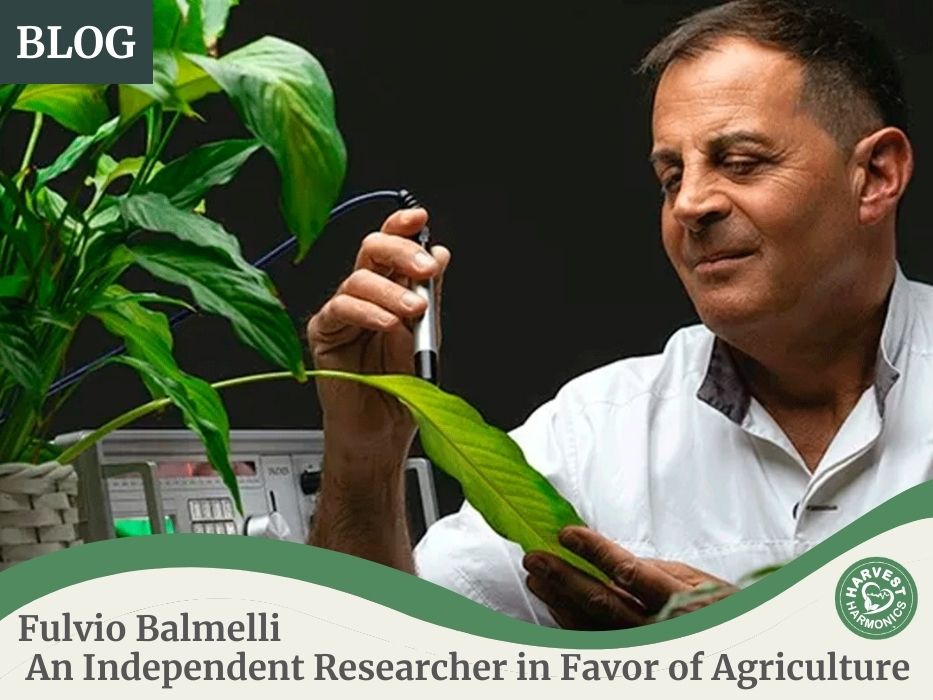
Fulvio Balmelli, An Independent Researcher in Favor of Agriculture
Fulvio Balmelli was born in Faido in the canton of Ticino in Switzerland on July 15, 1964.
He has been an independent researcher since 1990. With the tireless intention of developing long-term and effective solutions for human health, he found his way by creating his own path of knowledge and practical methods.
With a background in mechanical design, he studied alongside experts and doctors...
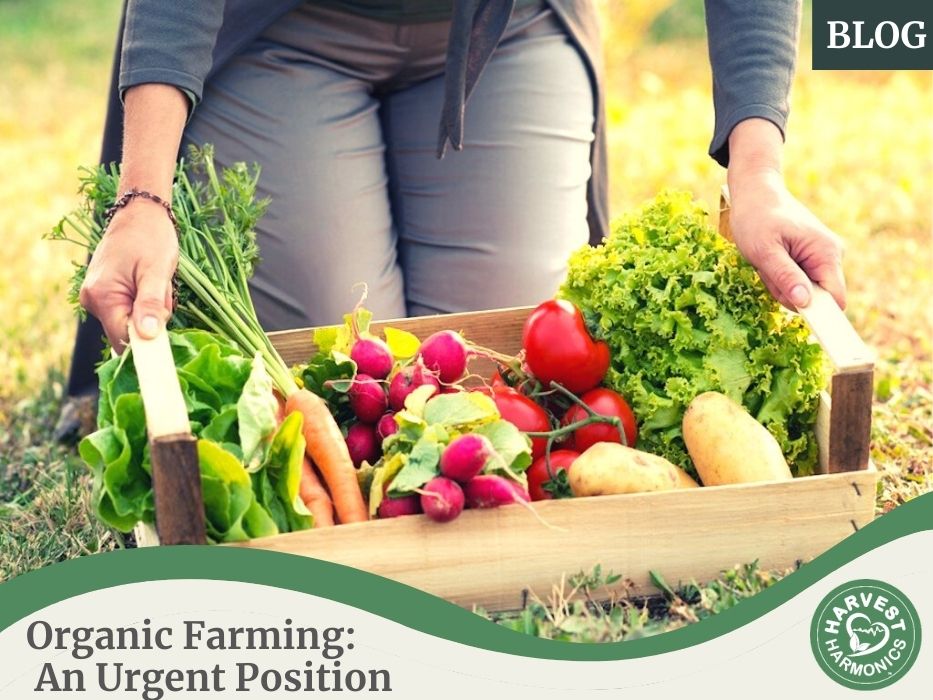
Organic Farming: An Urgent Position
Although technology-induced farming is considered the go-to choice in today’s world in order to feed the increasing population, the exorbitant use of pesticides, herbicides, fertilizers, and other inputs are damaging and endangering all living things on Earth. Eco-friendly farming has emerged as the only answer to bring sustainability to agriculture by helping to reduce and restrict...
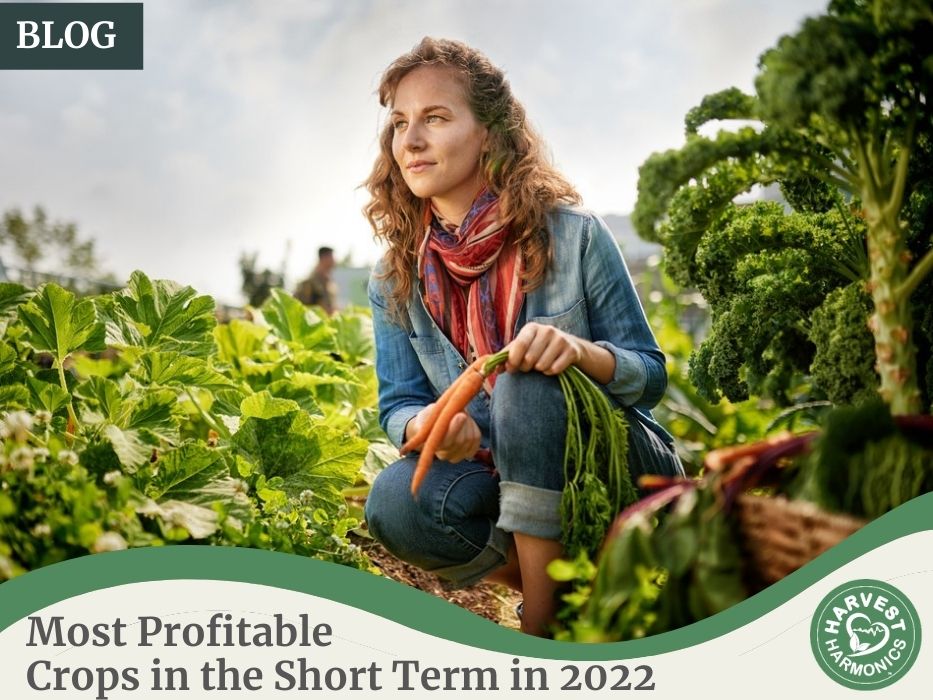
Most Profitable Crops in The Short Term in 2022
Surely you have heard of profitable crops that are in fashion: pistachio, almond, olive groves in hedges, and more.. However , crops which ones allow you to recover the investment as quickly as possible? In this article, we analyze the most profitable crops in the short term in 2022!
Choosing profitable crops in the short term is not easy. This is because agriculture is not always an exact...
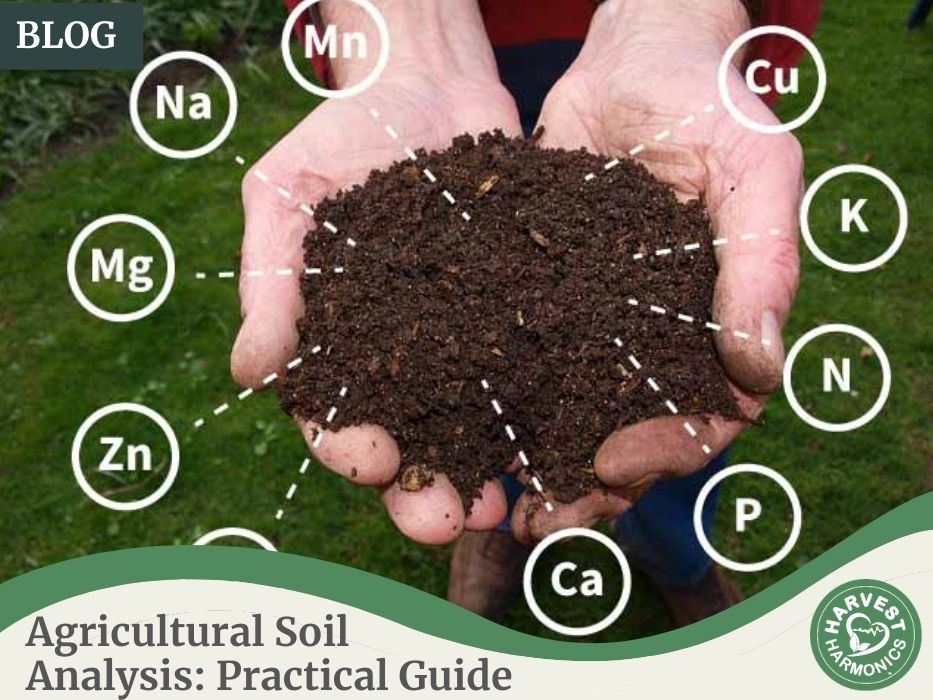
Agricultural Soil Analysis: Practical Guide
We know that many farmers are concerned about good fertilization. To achieve this, analyzing agricultural soils at the beginning of the campaign is very important. For this reason, in this article, we will talk about soil analysis: how to do it, how often, what parameters to analyze and how to interpret the results.
Agricultural soil analysis
The analyzes of the agricultural soil help us to...
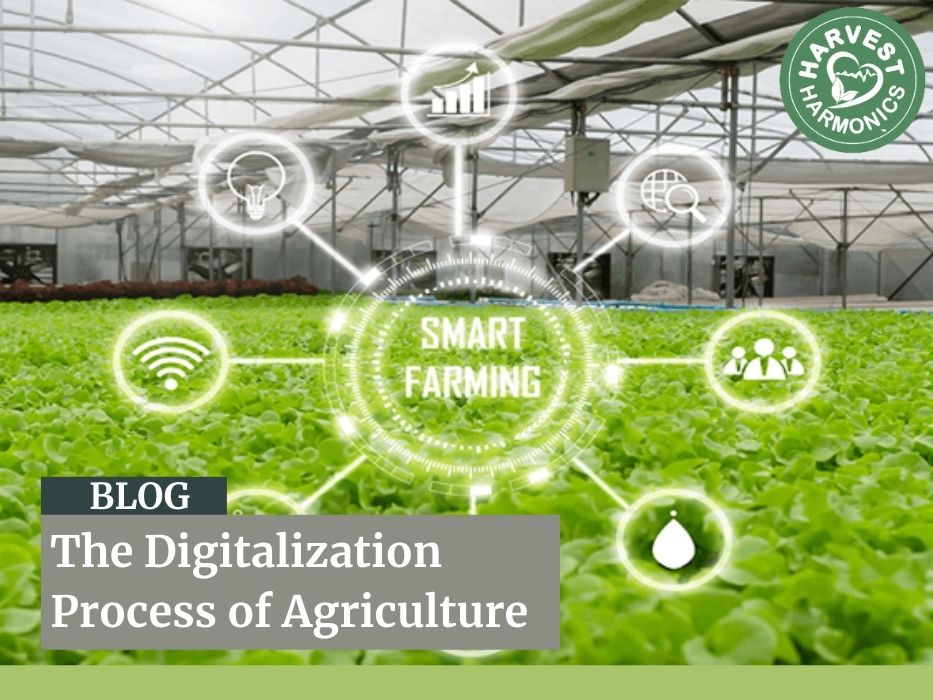
The Digitalization Process of Agriculture
In recent years, technology has allowed digitization in all work areas. The primary sector is no stranger to technological changes and has also been immersed in digitization.
The digitization of agriculture was born in order to save and improve the handling, management, parameterization and quality of life in general for farmers. In this post we are going to see how digitization in agriculture...
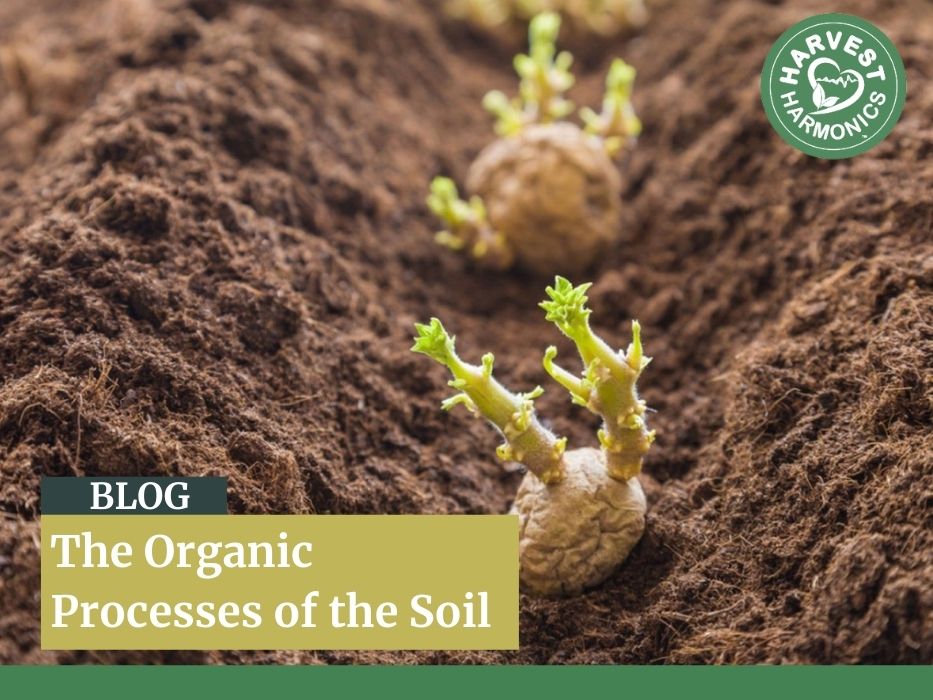
The Organic Processes of the Soil
Soils are characterized by being poor in nutrients or presenting deficiencies in some of them, so the maintenance of high levels of organic matter contributes through biological cycles, to constitute a biodeposit of nutrients, as well as to contribute to the capacity of cation exchange.
The productivity of a sustainable agricultural system is closely linked to the magnitude and efficiency of...
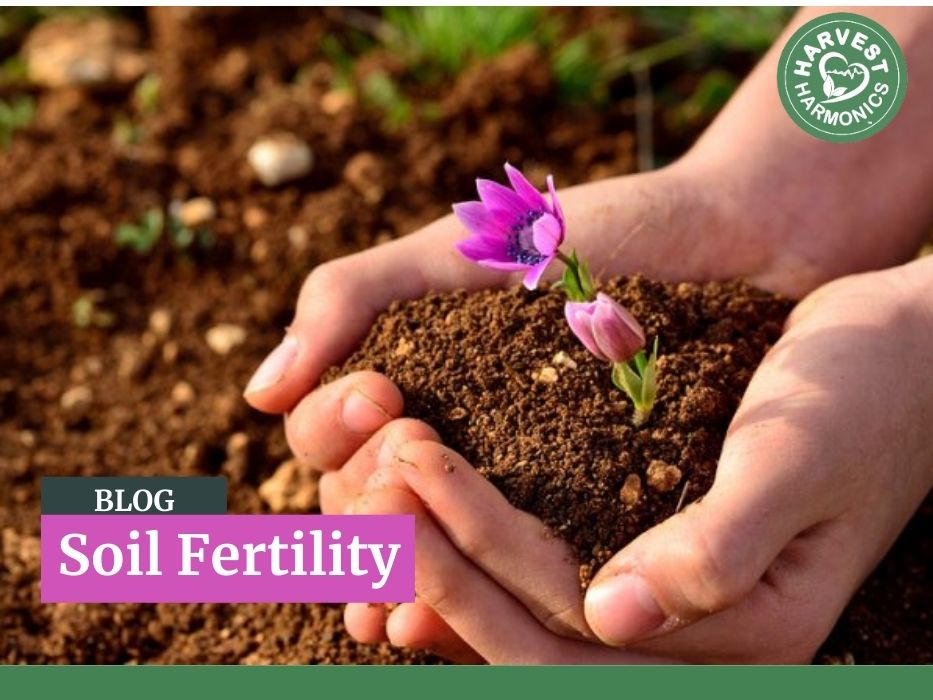
Soil Fertility
Three nutrients are recognized from the quantitative point of view as main: nitrogen (N), phosphorus (P) and potassium (K), followed by sulfur (S), calcium (Ca) and magnesium (Mg) as secondary elements and another group of which plants need only small amounts and are known as trace elements; iron (Fe), zinc (Zn), manganese (Mn), copper (Cu), boron (B) and molybdenum (Mo).
For the metabolic...
